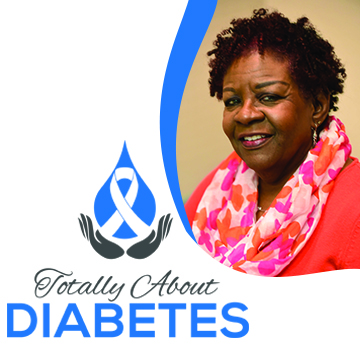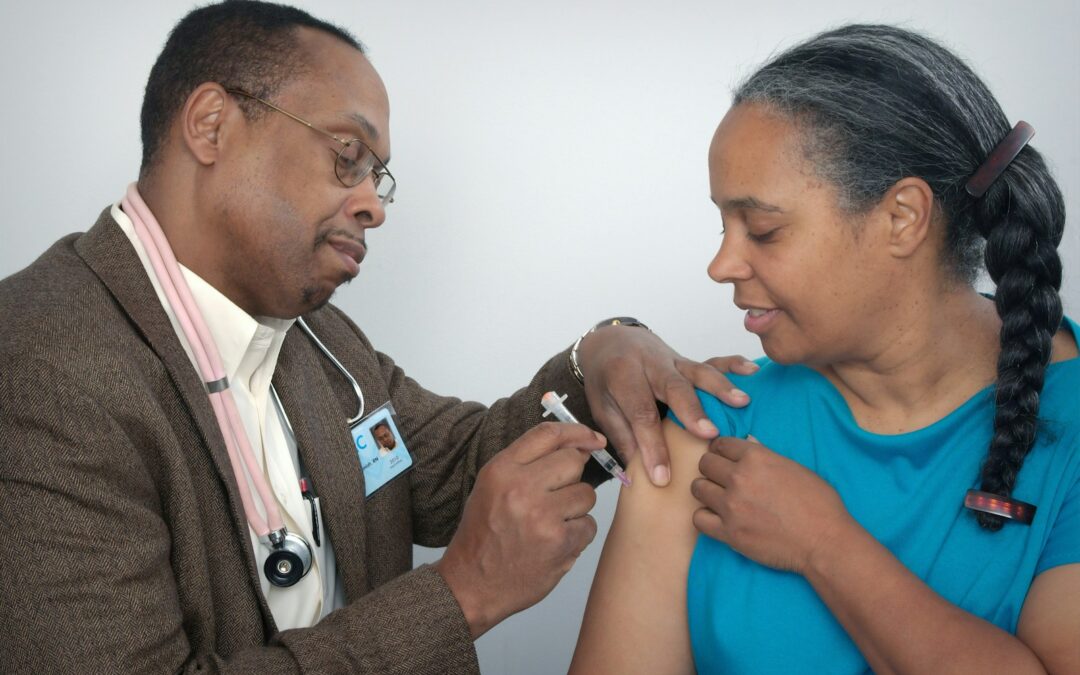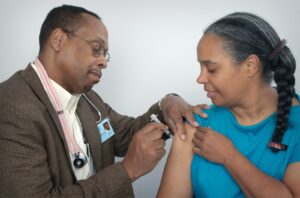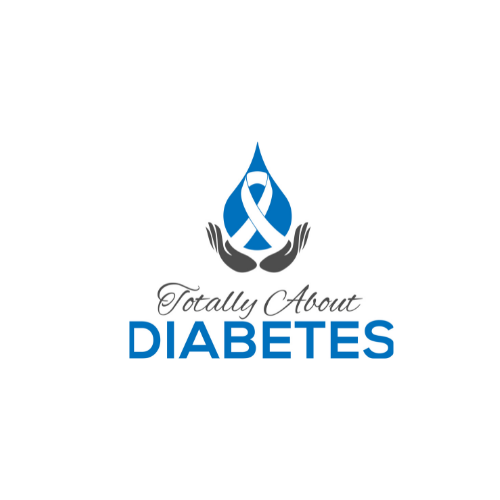A common occurrence with people Over 50 with chronic health problems is Community Acquired Pneumonia (CAP). One needs to be aware of symptoms for early intervention and treatment Community Acquired Pneumonia (CAP). This post will show you how to be proactive in preventing complications from CAP
People Over 50 with chronic health problems with Community Acquired Pneumonia (CAP)require prompt and appropriate treatment.
Be aware of symptoms
Be aware of symptoms of CAP – fever, persistent chest pain, and cough are some of the common symptoms. These show that something is wrong. People over 50 with chronic health problems are at greater risk of symptoms worsening and can develop respiratory distress.
Here’s how you can get started. Be aware of your body and how you feel normally.
Be able to pinpoint the symptoms and how long they have been present.
I discovered how important this was when my husband started complaining of not feeling well. He complained of right side chest pain and shortness of breath. He did not have a fever or cough. The pain in the right lower chest area became worse so we went to the emergency room for treatment. His blood pressure was elevated and he was unable to take deep breaths. The chest x-ray showed some dense areas in his right lower lung. They then ordered a CT scan with contrast to get a more detailed view. The CT scan showed pneumonia in the right lower lung. Because he did not have a fever and no respiratory distress, he was sent home on medications. They prescribed antibiotics, steroid dose pack, and a fast acting inhaler. He began feeling better 24 hours after starting the medication. He did take the pneumonia vaccine several years ago so that can account for the milder case and quick recovery.
Get medical attention
Get medical attention – primary care, urgent care facility, or emergency room will help you. I’ve seen many people Over 50 with chronic health problems can worsen if they haven’t done this.
Here’s how you can get started. Time of day is important and accessibility to health care.
If it’s during the day and symptoms are mild, see if your primary care provider (PCP) can see you.
If PCP is not available, mild symptoms, and during the day, go to a local urgent care.
If it’s after hours or for more severe symptoms, go to the nearest emergency room.
Explain symptoms, when they started, and any home treatment.
Don’t forget to explain symptoms, when they started, and any home treatment. Help the treating provider by providing all of the pertinent information they need to treat you.
Ensure they know about any other health problems and medications you’re taking.
Be honest about history of smoking and substance use.
In summary,
- Be aware of symptoms and if they are worsening.
- Get medical attention – primary care, urgent care facility, or emergency room
- Explain symptoms, when they started, and any home treatment.
- This will help you get prompt and appropriate treatment
- Become aware of preventative measures that can be taken such as immunization and smoking cessation.
Call to Action – Review your immunizations
Get your pneumonia vaccine




Recent Comments